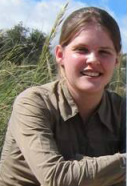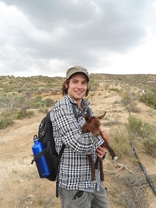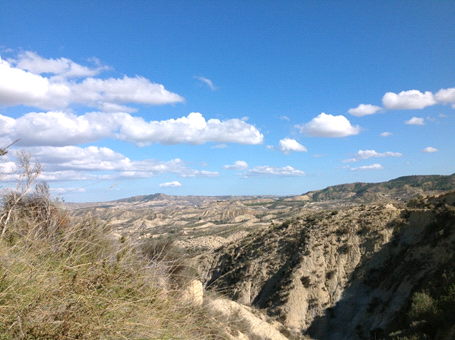
Land is essential to support life, ecosystems and food production. Due to population growth and environmental problems, land is becoming scarce. Especially in drylands, the deterioration in the quality of land is a problem. Dryland systems cover about 40% of the earth surface. Desertification in these areas directly affects about 250 million people. Various factors can cause desertification, such as climatic variations and human activities. My research focuses on rangeland management and the impact on dryland ecosystems. How could we anticipate desertification?


 RSS Feed
RSS Feed
